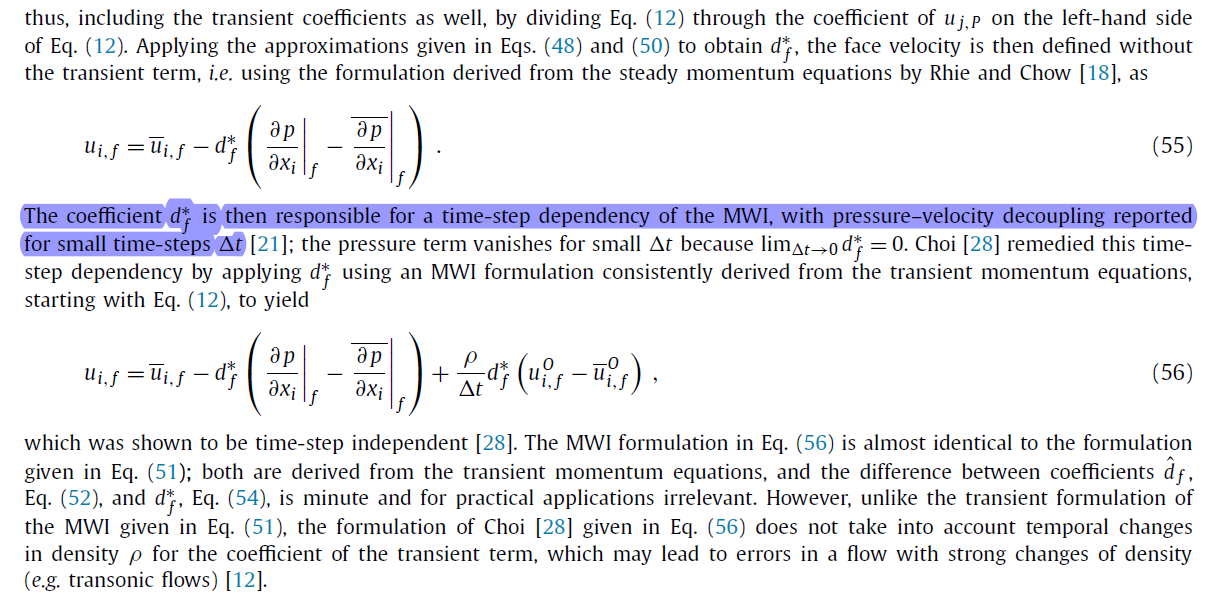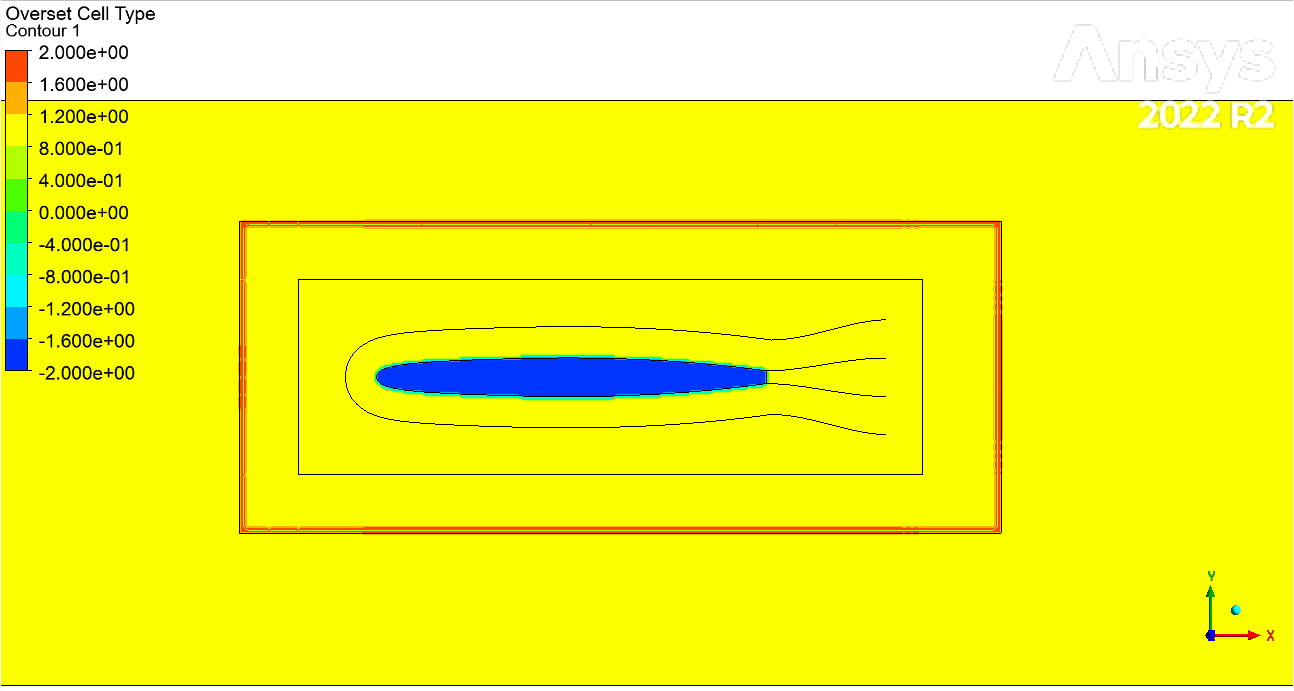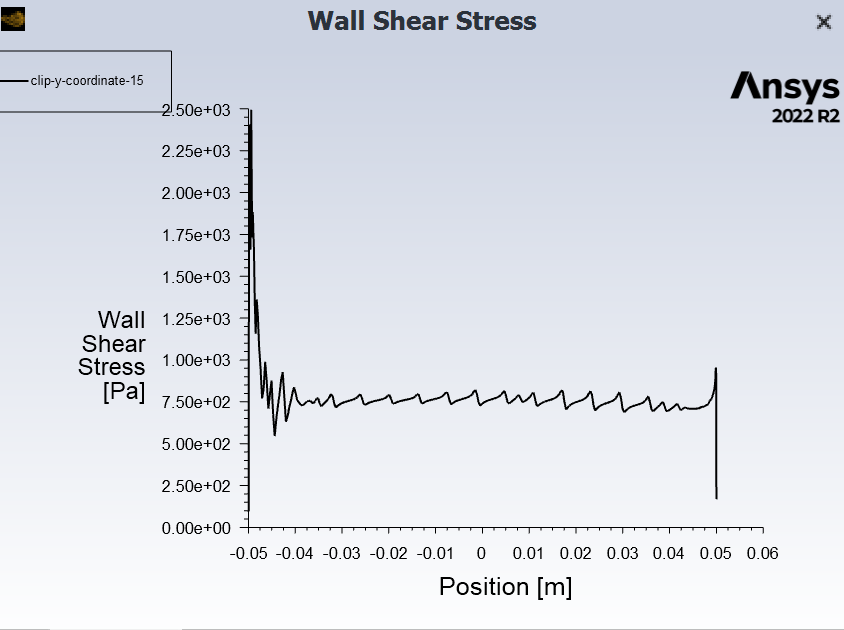可以参考这一篇JCP 2018, Unified formulation of the momentum-weighted interpolation for collocated variable arrangements.

可以参考这一篇JCP 2018, Unified formulation of the momentum-weighted interpolation for collocated variable arrangements.

As an application of this geometric formulation we prove that the solution map of the incompressible Euler equation, associating intial data in Hs(Rn) to the corresponding solution at time t > 0, is nowhere locally uniformly continuous and nowhere differentiable. by Hasan Inci (2013)
一般这种都是自适应网格加自适应时间步长。可以看下osterman, dular 2009的一篇文章,他用vof加自适应网格算超声空化的空泡。
第一步,先算稳态的, 用simple算算看看能不能产生非对称尾迹。然后用这个作为初值计算。
第二步,换成其他的湍流模型试试, SA模型我用的不多,fluent的SA模型的话,里面的参数设置可能跟标准模型有差别, 可以参考NACA turbulence resources 里面关于SA模型的说明。
还有一点,默认的收敛依据10-3可能不是特别好,可以试试把收敛依据降到1-10以下, 固定迭代步数,例如可以设置成10, 即每个时间步迭代10次收敛。
论坛里面有没有高手遇到overset 的后处理问题:
问题描述:fluent overset 方法计算翼型表面转拟,但是在显示翼型面上切应力时,数据分布呈现锯齿状分布。
下图1是overset cell type.

图2是翼型表面的切应力

应该采用laplace 光顺而不是弹簧光顺
(1)YT上面有山东大学的udf中文的教程。
(2)交通大学的繁体教程。
(3)stanford有一个网站(2008年的),教你植入一个带雷诺数修正的壁面RANS 模型的udf。
PLIC=piecewise linear interface calculation;
The geometric reconstruction scheme represents the interface between fluids using a piecewise-linear
approach. (Ansys Fluent Theory Guide 2022R1, p579)
在进行网格无关性验证时,通过在不同网格尺度间的插值操作,可以显著的节约计算时间。问题是,在fluent的框架下,插值操作应该是从粗网格到细网格, 还是细网格到粗网格?
(i) 貌似, 好像, 似乎粗网格到细网格的效果好像更好。
(2) fluent在help里面也只提到了interpolate 是zeroth-order。有没有人能具体的解释一下interpolate的原理。
fluent等使用VOF守恒形式的通病。
@zhangzh fluent员工在ansys论坛里面明确过,不能任何透露关于presto!以及BFW信息。不止压力,transient的rhie-chow插值也写很烂,更不要在多相流条件下。
类似分离涡这种大尺度的涡结构,WMLES即可,涉及转拟湍流,湍流结构等,三方向的尺度需满足计算要求。
@firejet 有一篇AMSE的Li 2012年的写的Fluent 求解器的文章,你可以看下,类似
Using fluent UDF, u just need to define the barotropic model for each phase. After that, the mixture model will automatically define the sound speed for the mixture material.